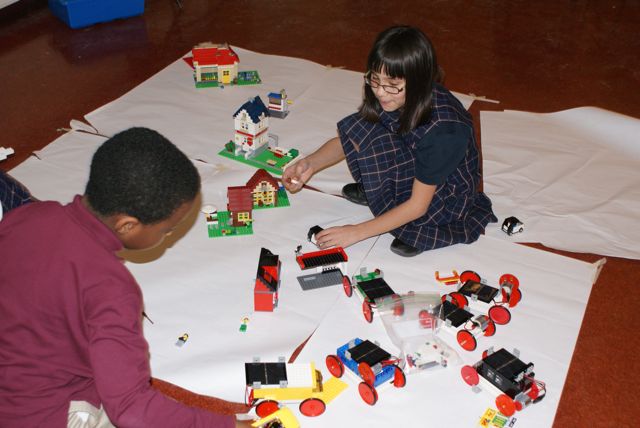
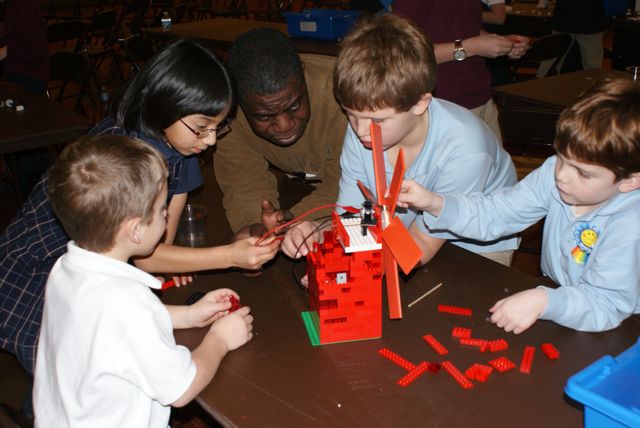

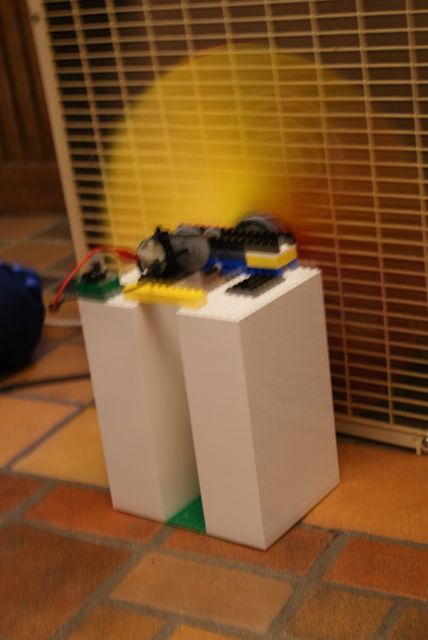

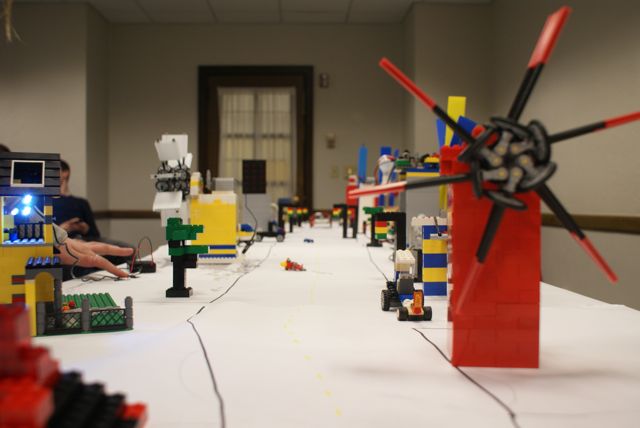






The technology transfer table is the most important part of the workshop, as it is crucial to ensuring that the local people can take control of the project once we leave. What makes this portion so important is because all of the work done in this section is completely hands-on. Basically, the technicians in the workshop are given simple materials and asked to build a model of one of the devices we are building in the area, such as a windmill. Once their model is built, they must translate the materials they used in the shop to what materials they would use to build the actual machine and the cost of the materials. Their work is then critiqued by professional, high-quality technicians. This not only ensures that the local technicians understand how the devices are built and work, but also that they are learning how to design the most cost efficient model. It is our goal that once this portion of the workshop is complete, the technicians will be able to become successful in carrying out the project and independent of our group. At the end of the course, those who complete it will be given a certificate showing they are certified to make and sell the devices covered in the workshop.
The goal of our group is that once we leave the area, the local people will be able to successfully sustain development of the devices they have learned to make. That is why in this portion of the workshop, we help raise the awareness of different marketing methods. We challenge the local people to question to who, what, and how they would market the technologies. For example, the technicians may be able to go to a neighboring village and demonstrate how a bicycle generator is more efficient than a diesel generator because multiple people in the village can use this device. Hopefully this would lead to the village seeking an outside donation or money from a relative, and the money earned from this would go toward building more devices. While this section of the workshop might be more difficult for those without a business background, we try to give them the most hands-on education possible by forcing them to come up with marketing ideas and then critiquing them. This way, they learn from their own good and bad ideas in the boardroom, and it is our hope that this translates to success in the real world.
The following table illustrates our overall six tier curriculum on the physics of energy conversions. Each tier builds upon the next tier as well as introduces new physics concepts to better understand the fundamentals of energy.
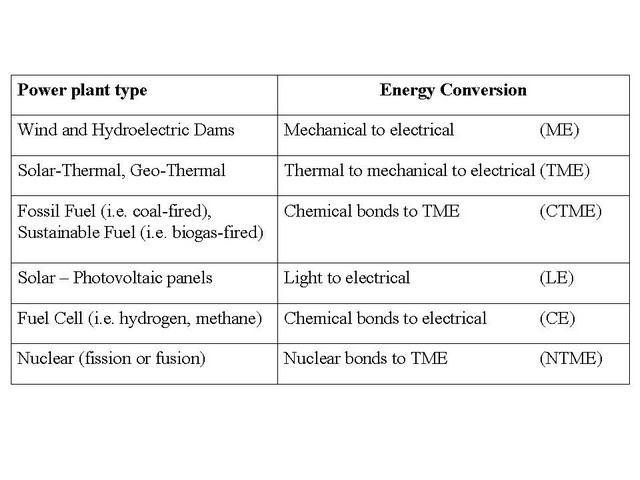 Before beginning any of these devices (besides the bicycle or hand-crank generator), we make sure to build a model out of wood or plastic first. We have a model built for every design developed in Africa. After intense critique of the design and robust debate over which local materials should be used and how the device should be built (which may last several days), only then do we purchase the equipment and go to the garage to build. After building and testing each device, we then completely transfer to the Business of Energy curriculum to pilot each device. Here are some pages from the current draft of the physics curriculum, as written by Abigail Mechtenberg who has her doctorate in Applied Physics from the University of Michigan.
Before beginning any of these devices (besides the bicycle or hand-crank generator), we make sure to build a model out of wood or plastic first. We have a model built for every design developed in Africa. After intense critique of the design and robust debate over which local materials should be used and how the device should be built (which may last several days), only then do we purchase the equipment and go to the garage to build. After building and testing each device, we then completely transfer to the Business of Energy curriculum to pilot each device. Here are some pages from the current draft of the physics curriculum, as written by Abigail Mechtenberg who has her doctorate in Applied Physics from the University of Michigan.

As we have stated before, what distinguishes our group from others is that we believe in empowering the local people to have complete control over devices that are implemented in their area. This means not only teaching them how to design different technologies, but also the physics behind it (so that they may maintain, repair, and improve upon the devices) and the business aspect of it (marketing the devices, raising money to obtain money to build more devices). This is achieved through a weeklong workshop that we hold for technicians at the local technical institute, and that will be the topic of our blog this week.
For further information and pictures of our actual curriculum, you can visit http://sites.google.com/site/physicsofenergy/.
The camp is primarily headed by Abigail Mechtenberg, faculty advisor for Empower Design and Research Fellow at the University of Michigan. In this weeklong camp, kids learn all about different renewable energy technologies and the energy transfer systems associated with them. Here is an example of a Lego guide to building a hydroelectric generator.
Just as these kids are building small scale Lego models of different devices, in Africa our curriculum involves a technology transfer table. This basically allows technicians to liken the small scale parts to actual building materials. The technology transfer table is the last and most essential part of our curriculum in Africa.
Chelsea Ransom is a dual-degree master’s student at the University of Michigan, and part of our Empower Design team. She has had previous experience in Africa, as she helped bring clean water to a small Malian village as a member of the Peace Corps. She recently applied to and received the prestigious William Davidson Institute Student-Initiated Summer Internship Grant for an internship in Uganda under Dr. Moses Musaazi, a colleague of Dr. Mechtenberg. Bellow is an excerpt from her application, which details our research team’s philosophy of designing with Africans as opposed to for them:
“Many well-meaning organizations and companies are unsuccessful in Africa when it comes to the sustainability of their projects. Often this is due to the processes used in development of their technologies or concepts. I personally experienced frustration living in Africa over and over again, especially in the technological realm, with new, unsustainable medical, energy, or water devices. Sometimes these “sustainable” devices are purely western in nature, such as photovoltaic solar panels, which were designed for the western world and imported into Africa. Other devices like the solar oven I owned in Africa are designed by westerners for Africans. Frequently, these devices are too complicated to repair, impossible to manufacture locally, too expensive for the majority, or simply impractical. Unfortunately these projects are the ones gaining recognition (Rosenthal 2010), while locally designed, more sustainable projects are not. Many of these organizations are failing to grasp the underlying elements of success. In my experience, the difference between unsuccessful and successful projects lies in the difference between designing for Africans and designing with Africans. Organizations often design and implement projects but never return to evaluate its sustainability. If they did return, they would likely be disappointed to find their expensive gifts broken and in disrepair. Furthermore, there are many technologies being designed by Africans to meet their own needs, and these technologies are often not brought to market as discussed [in recent articles].”